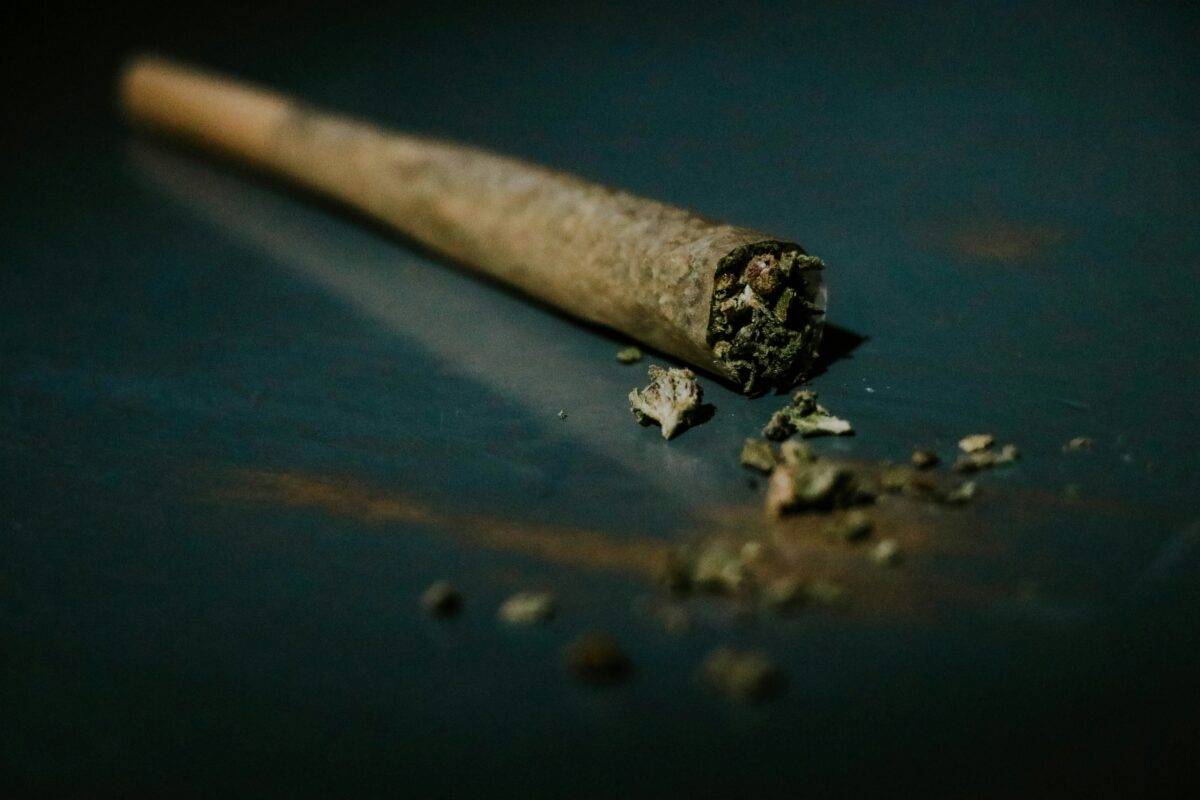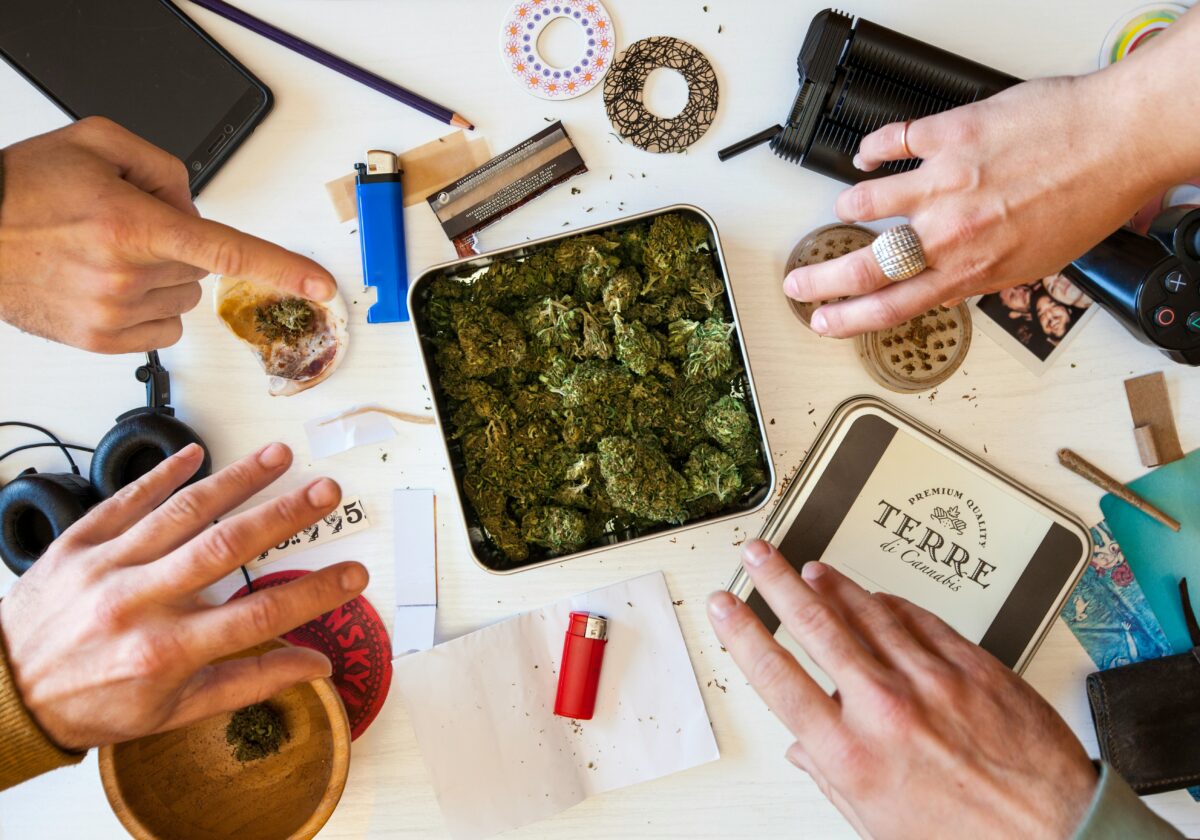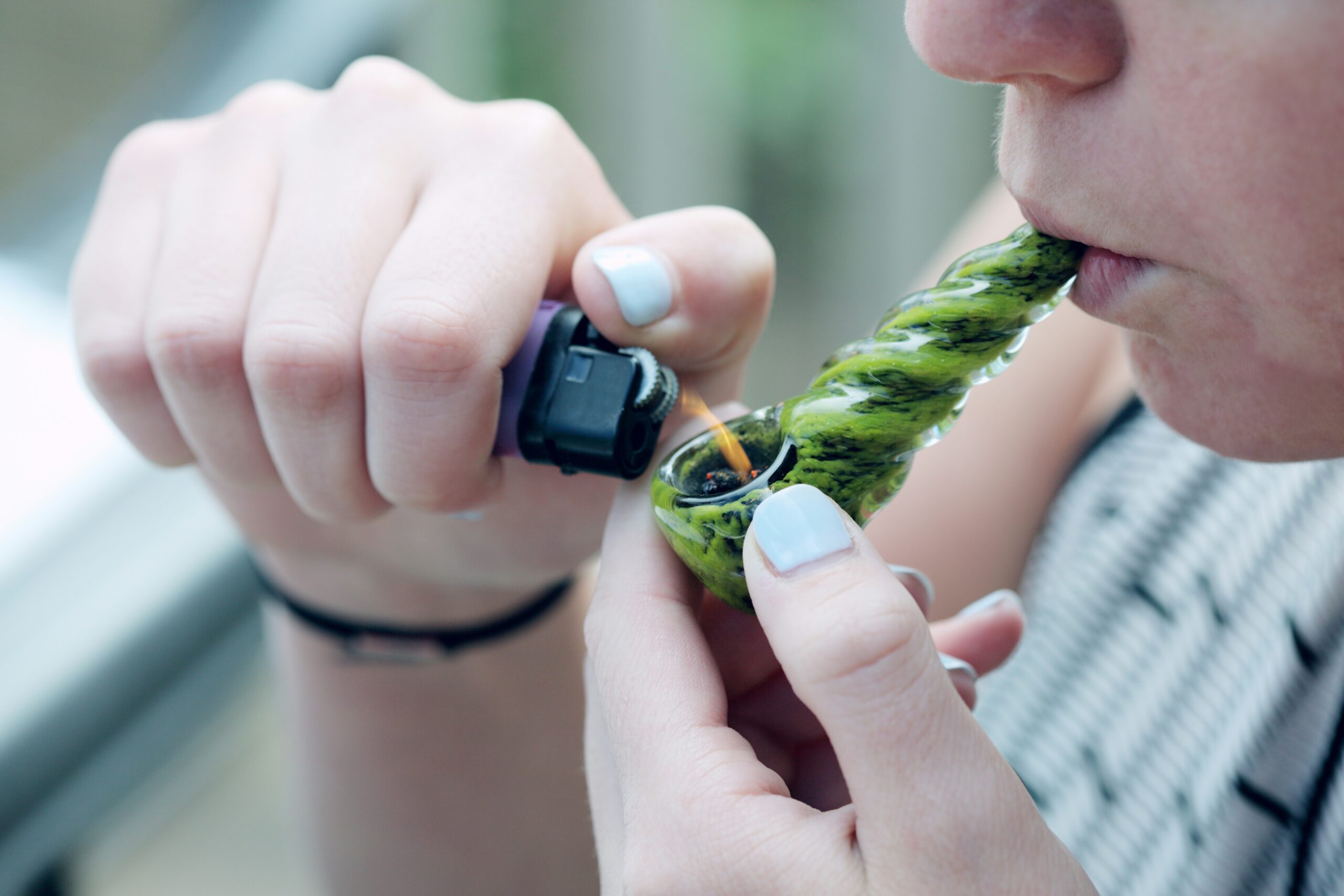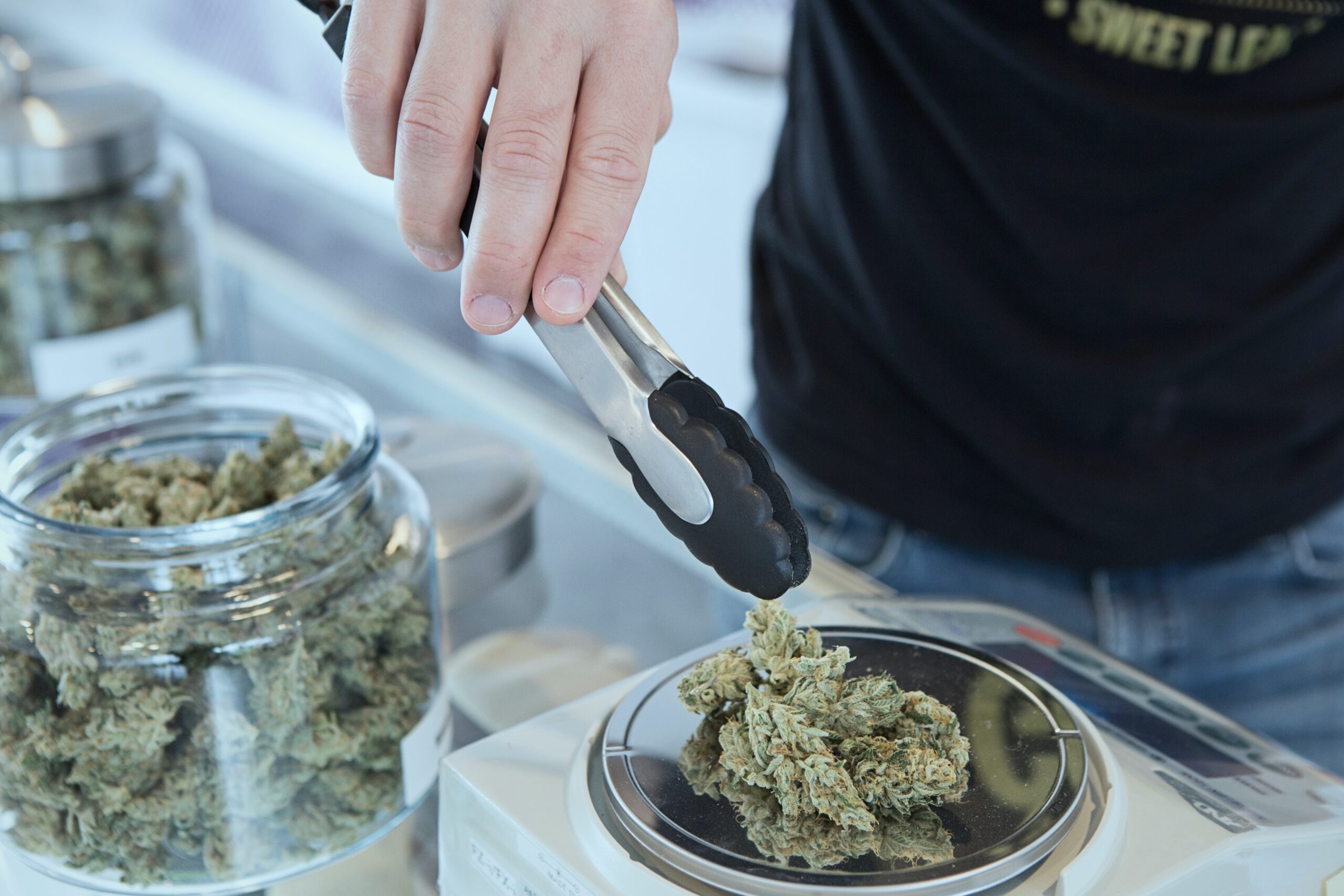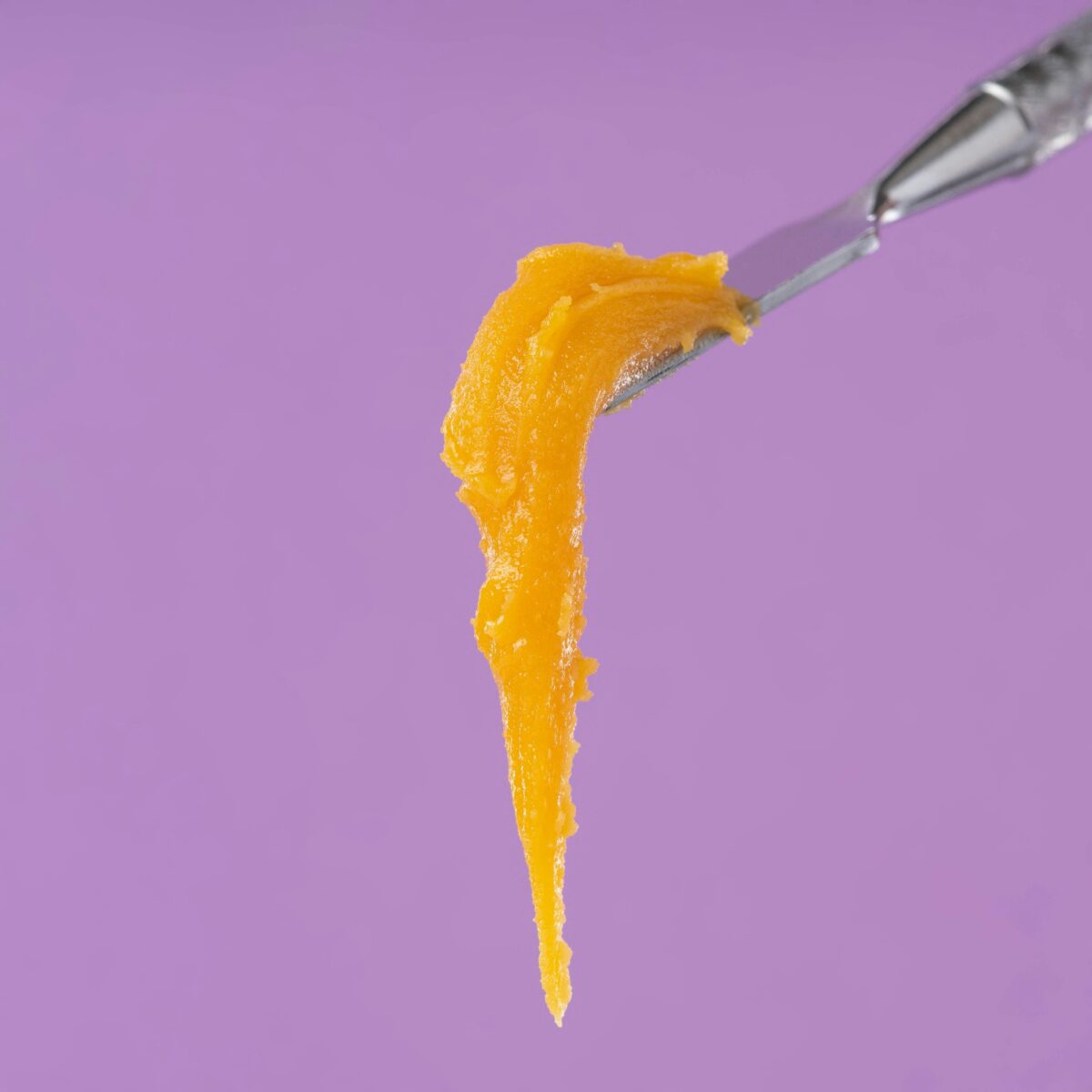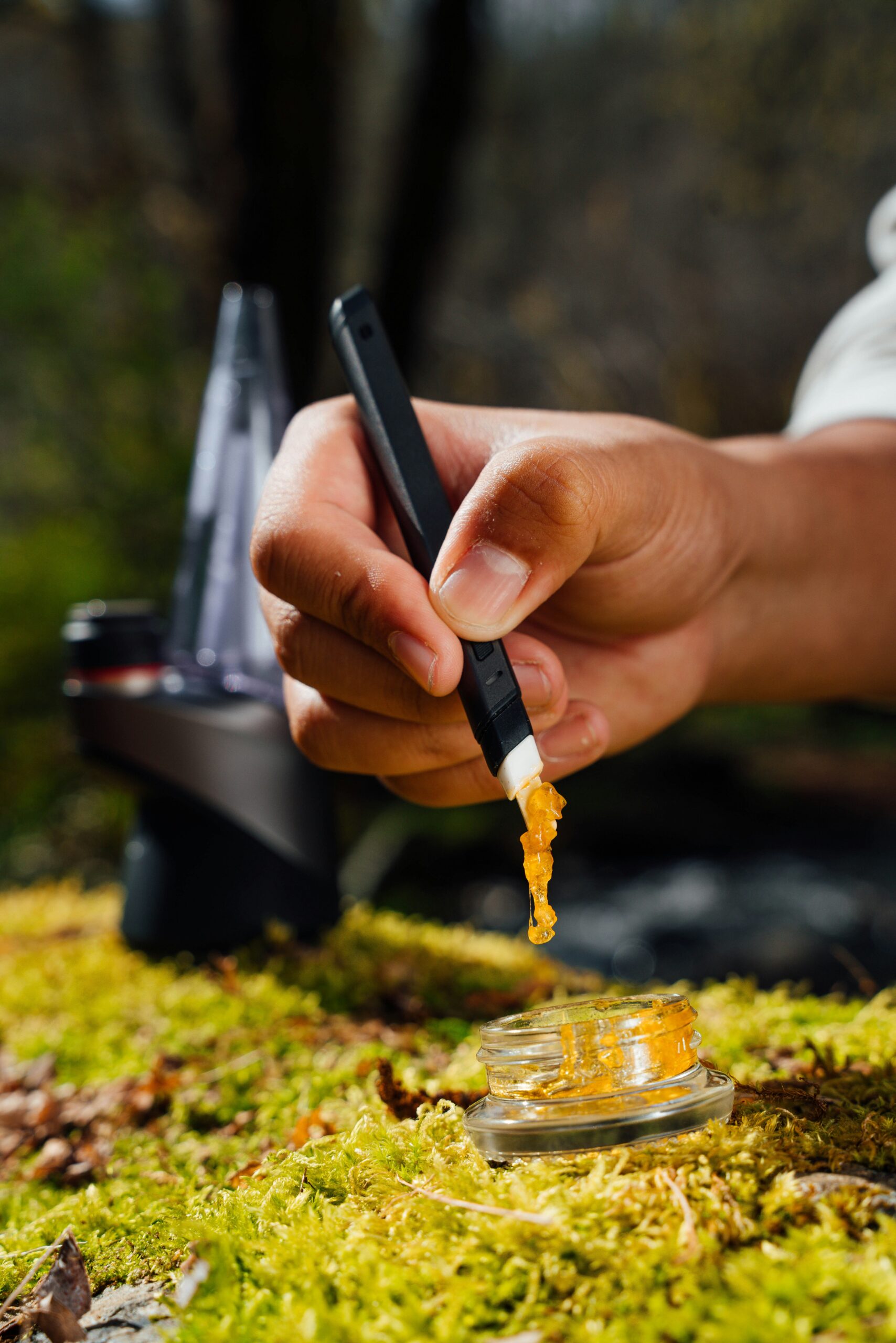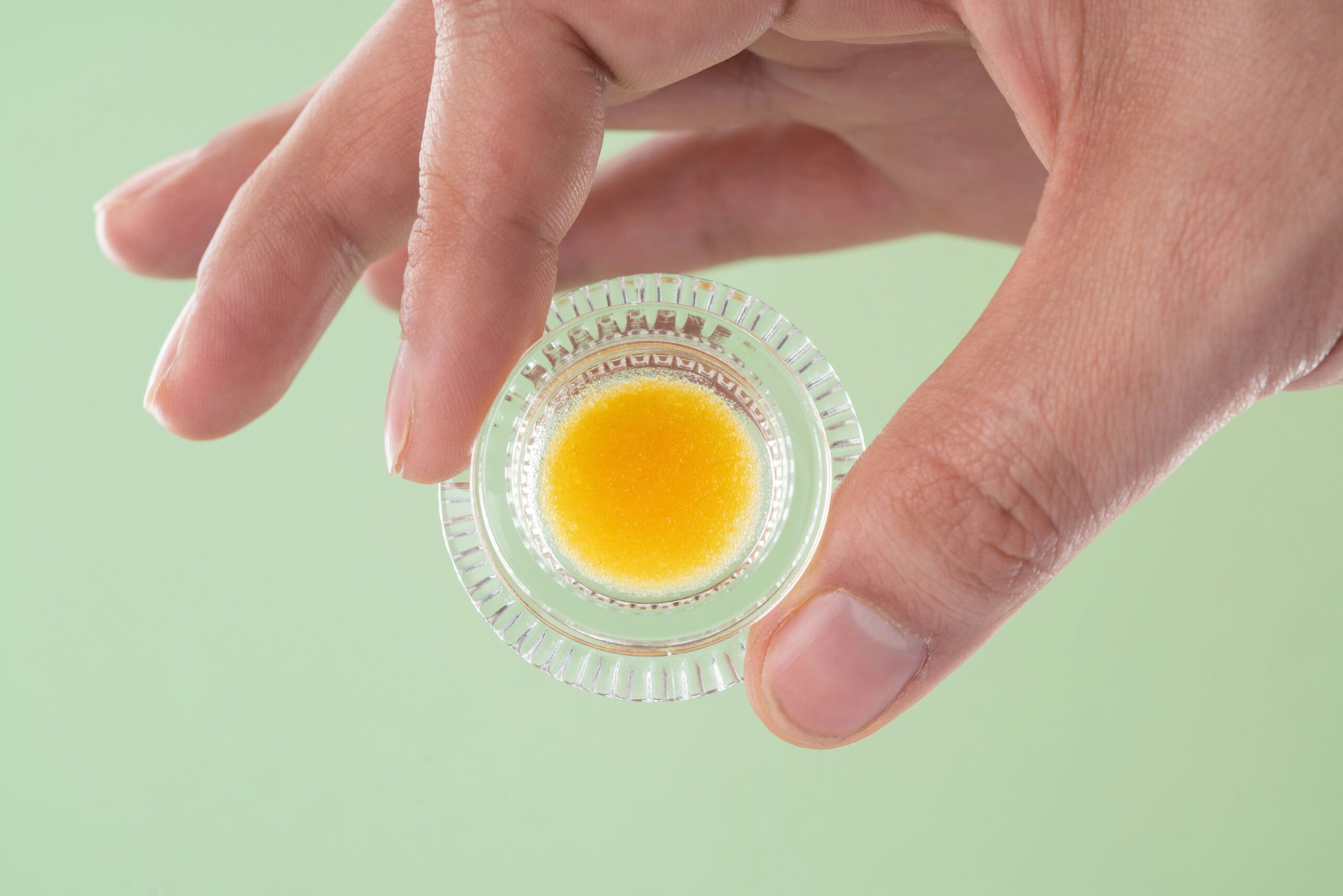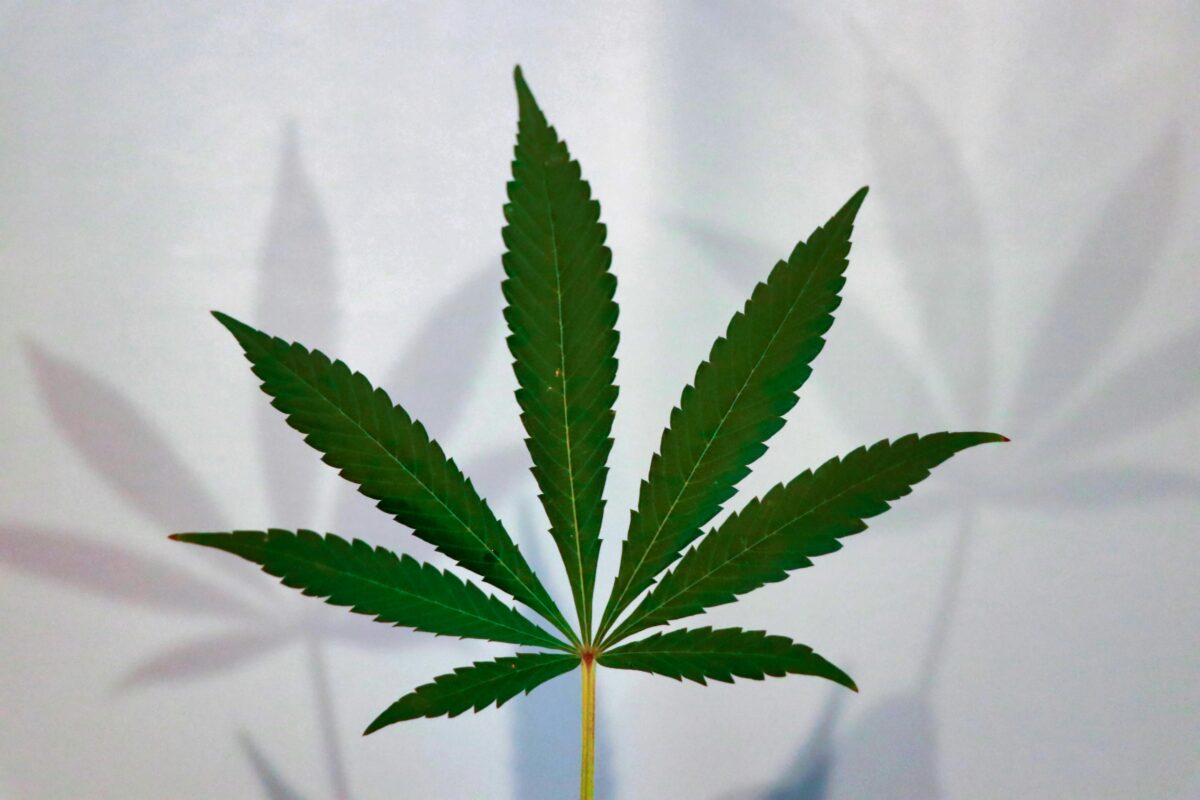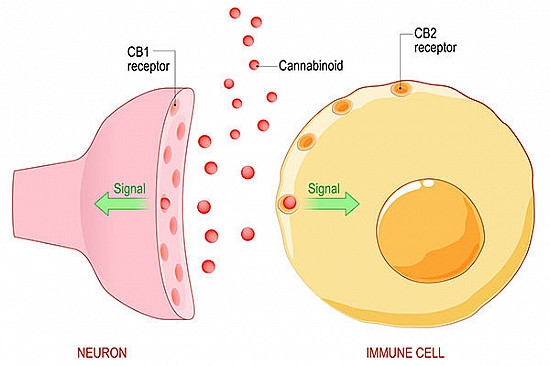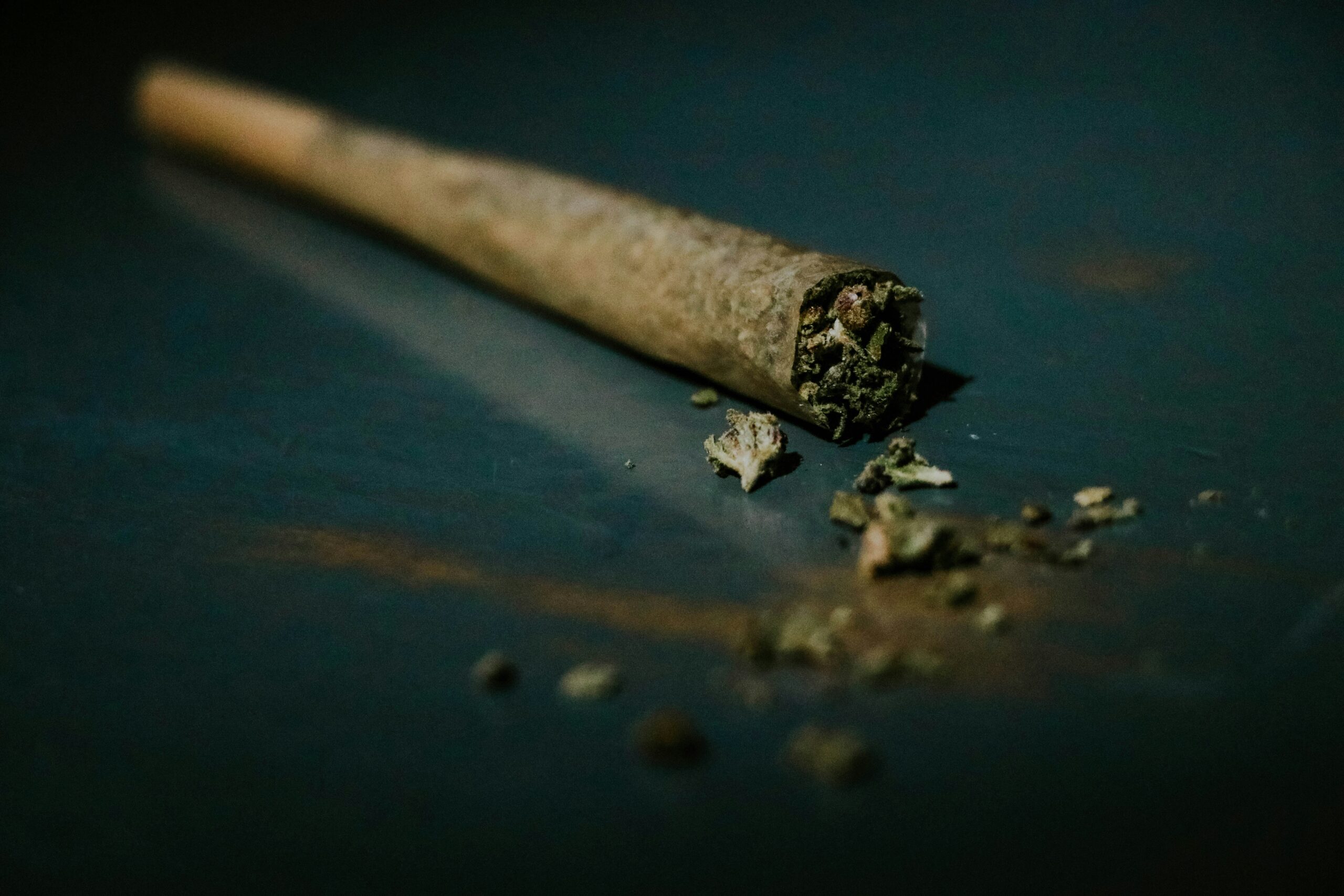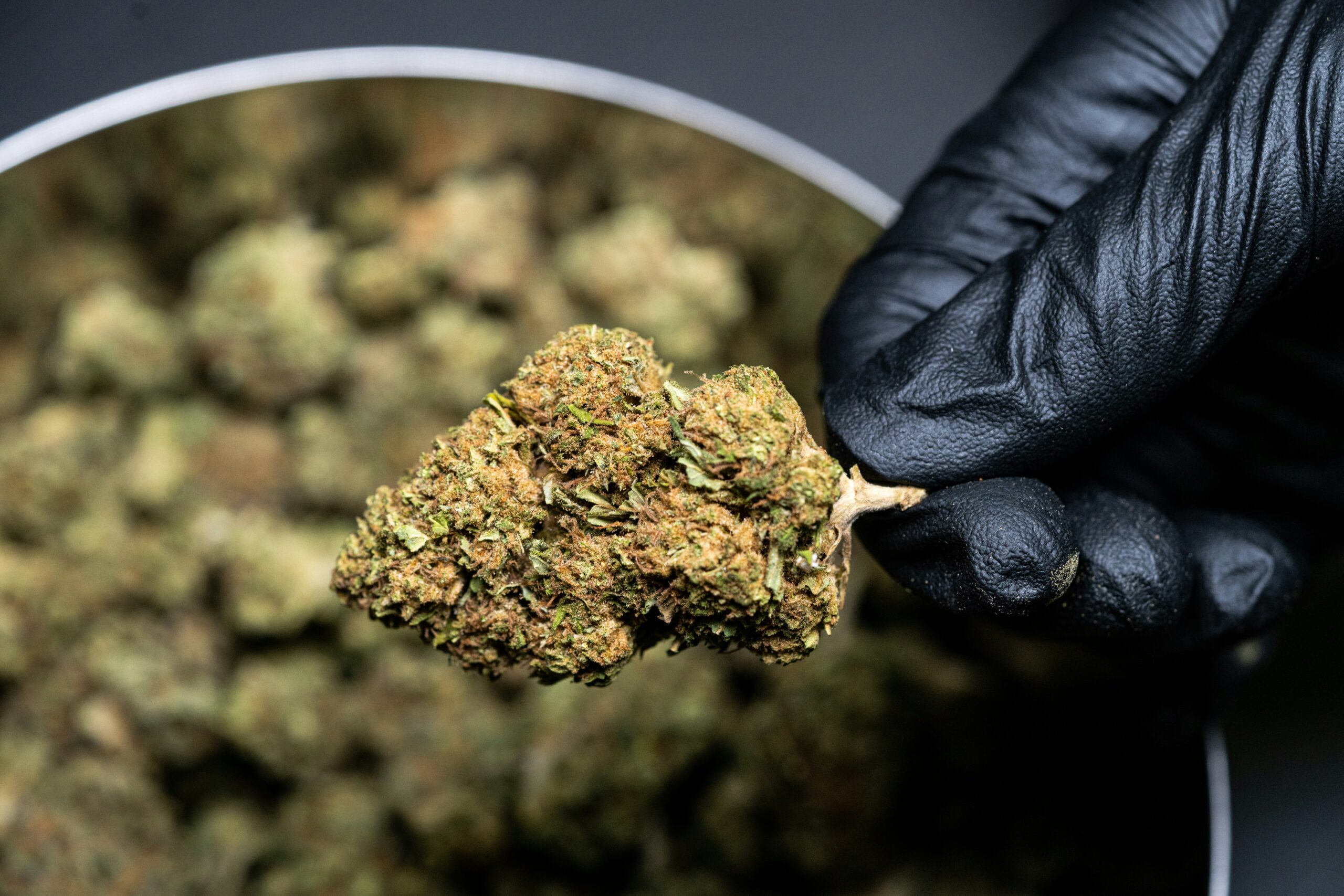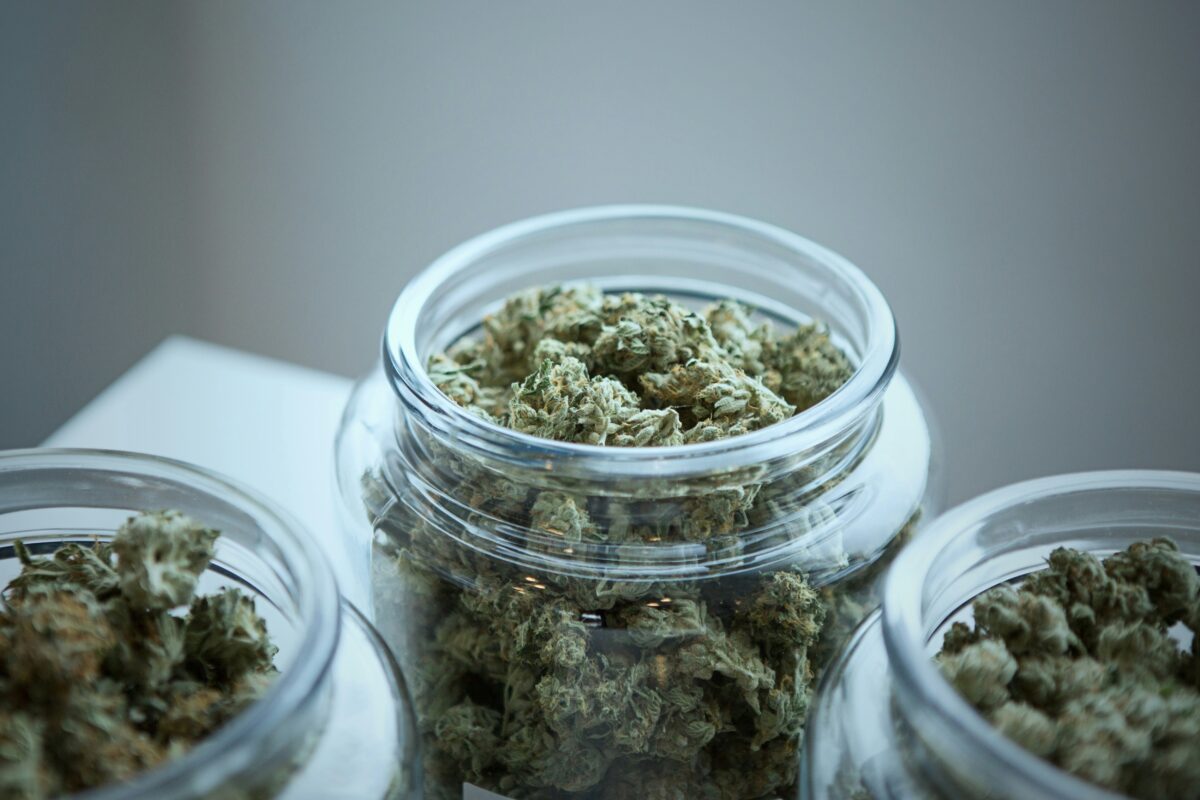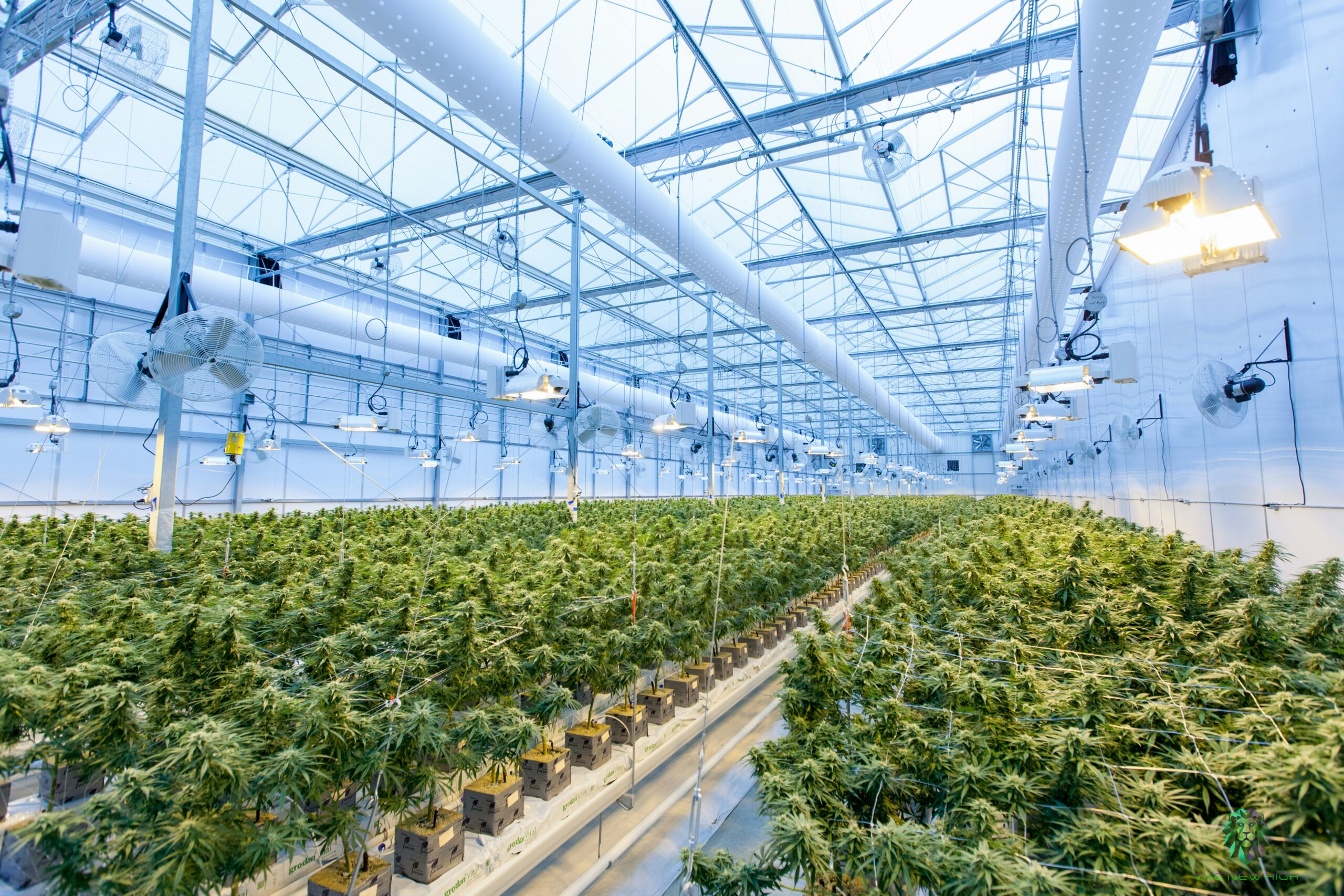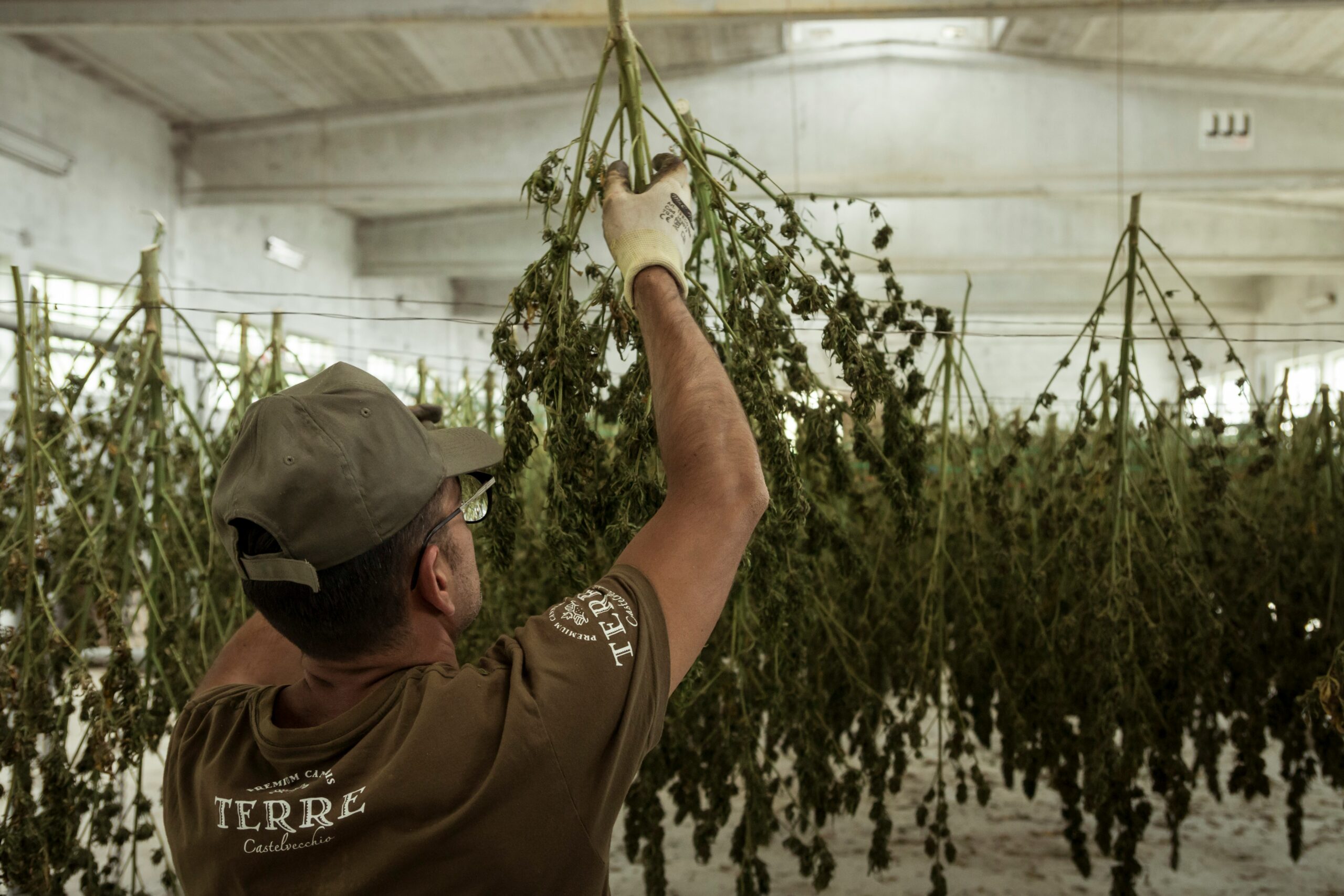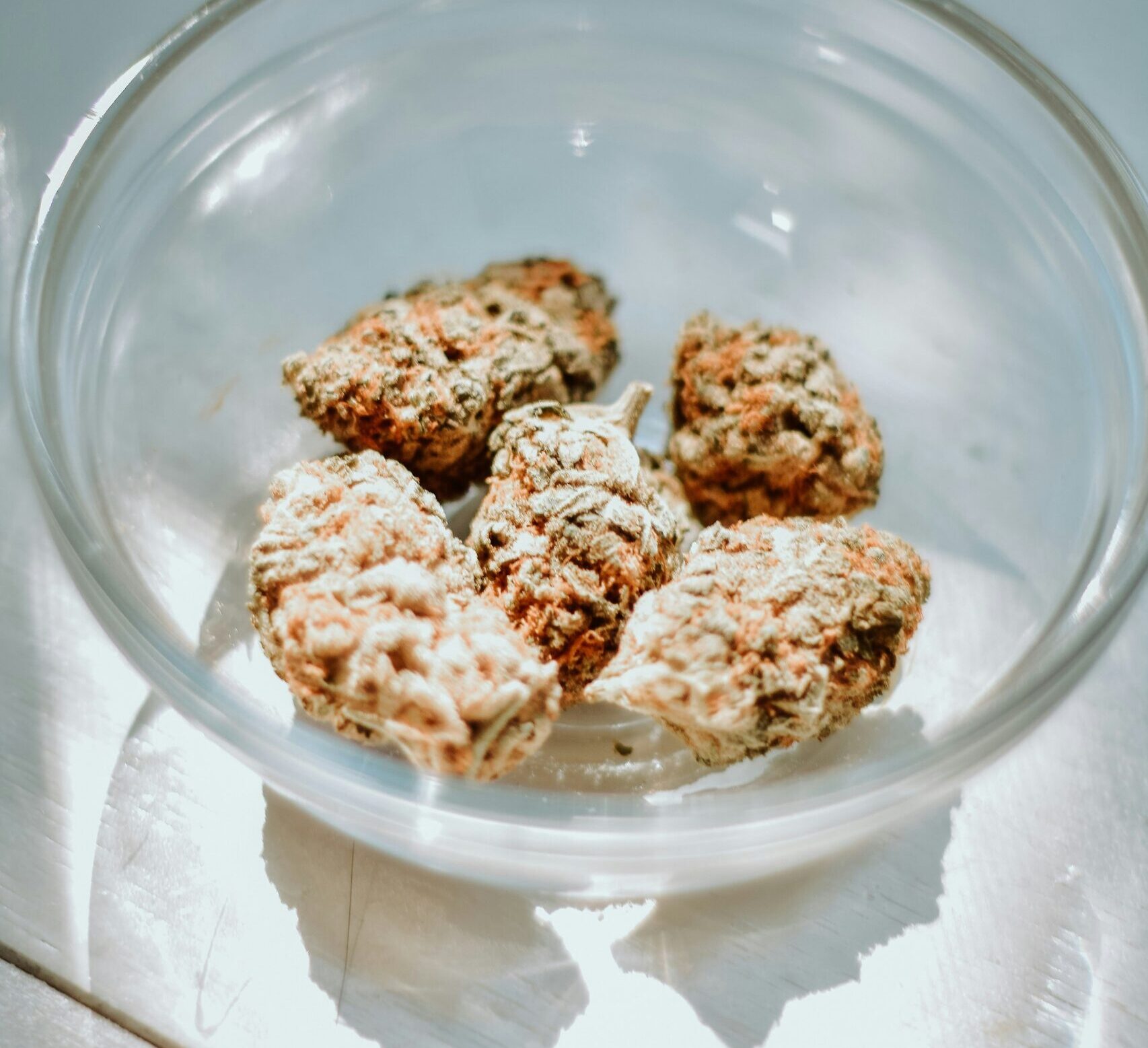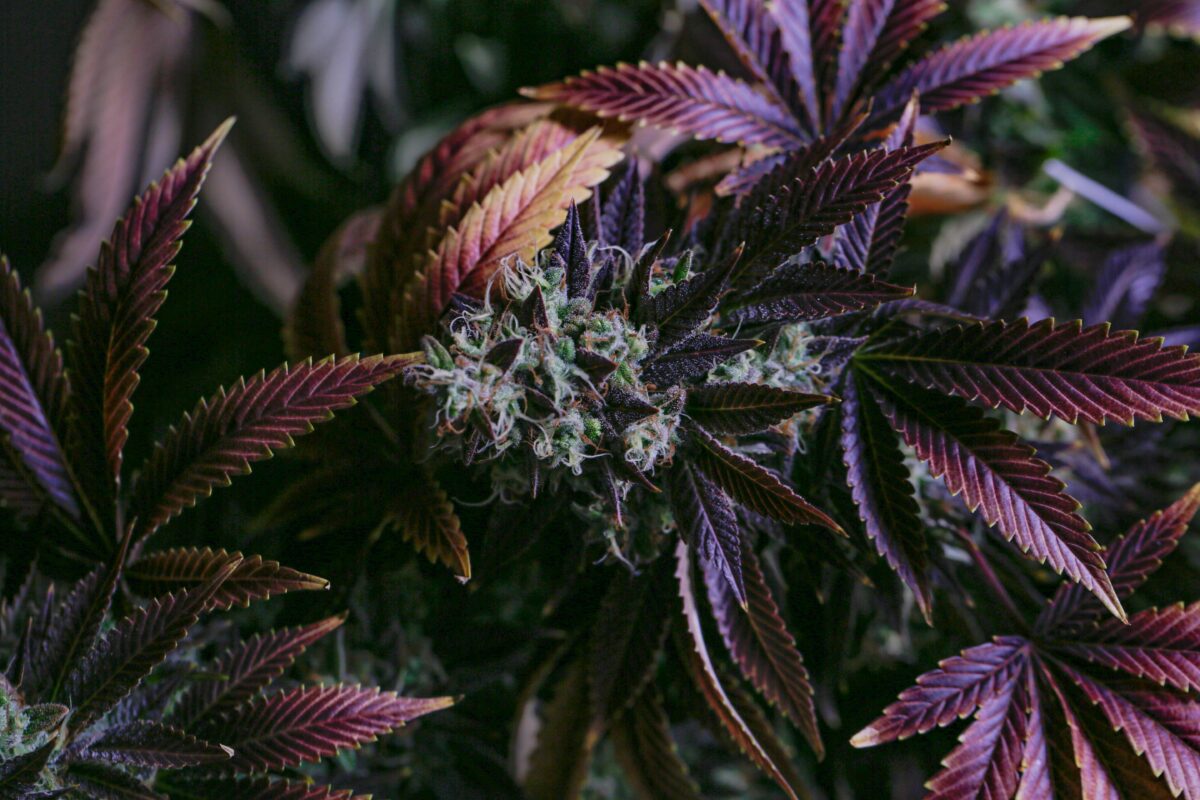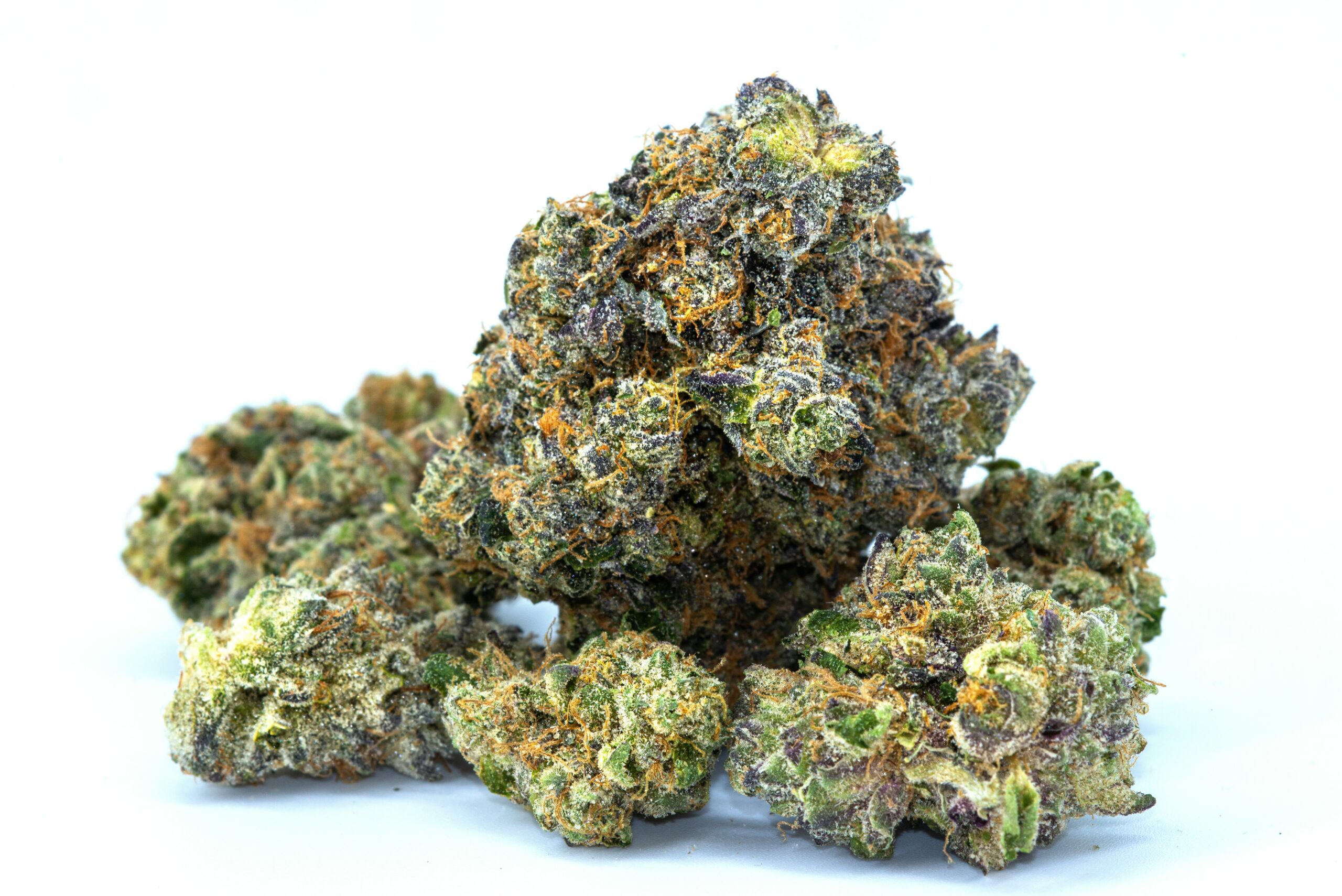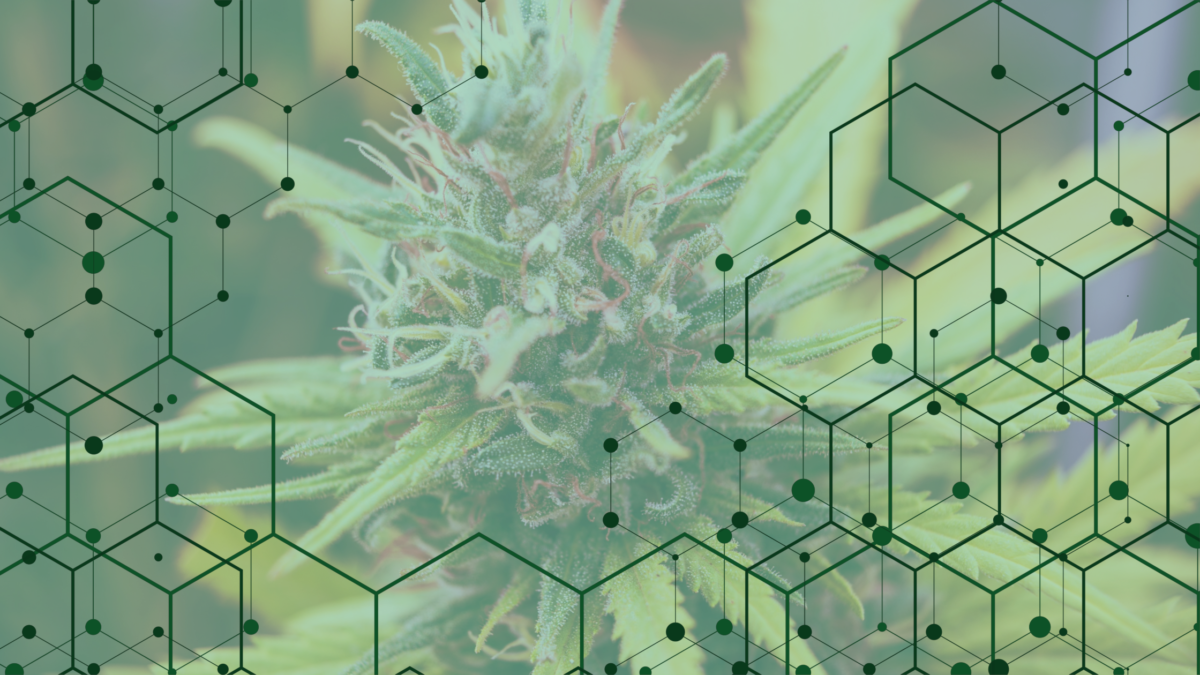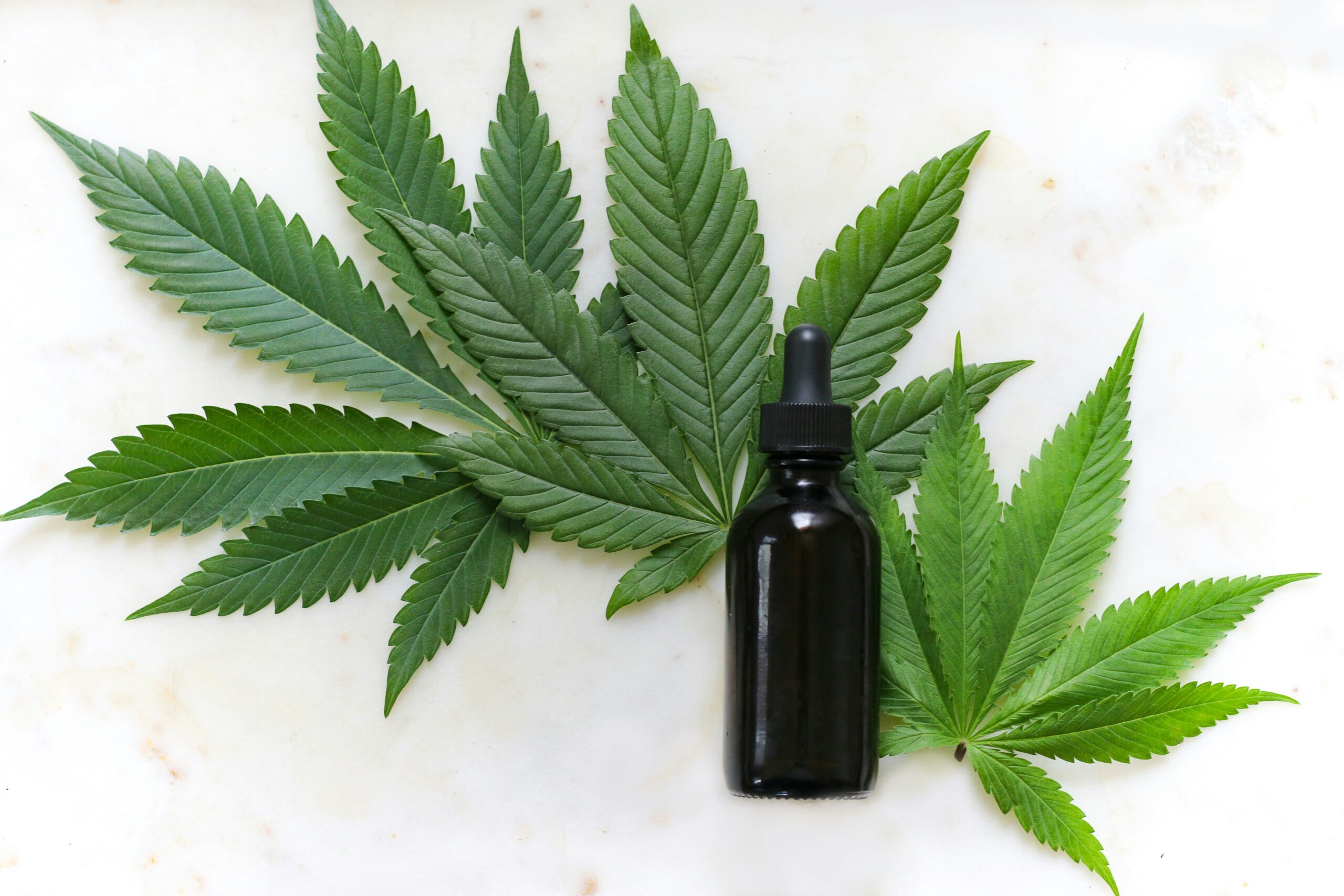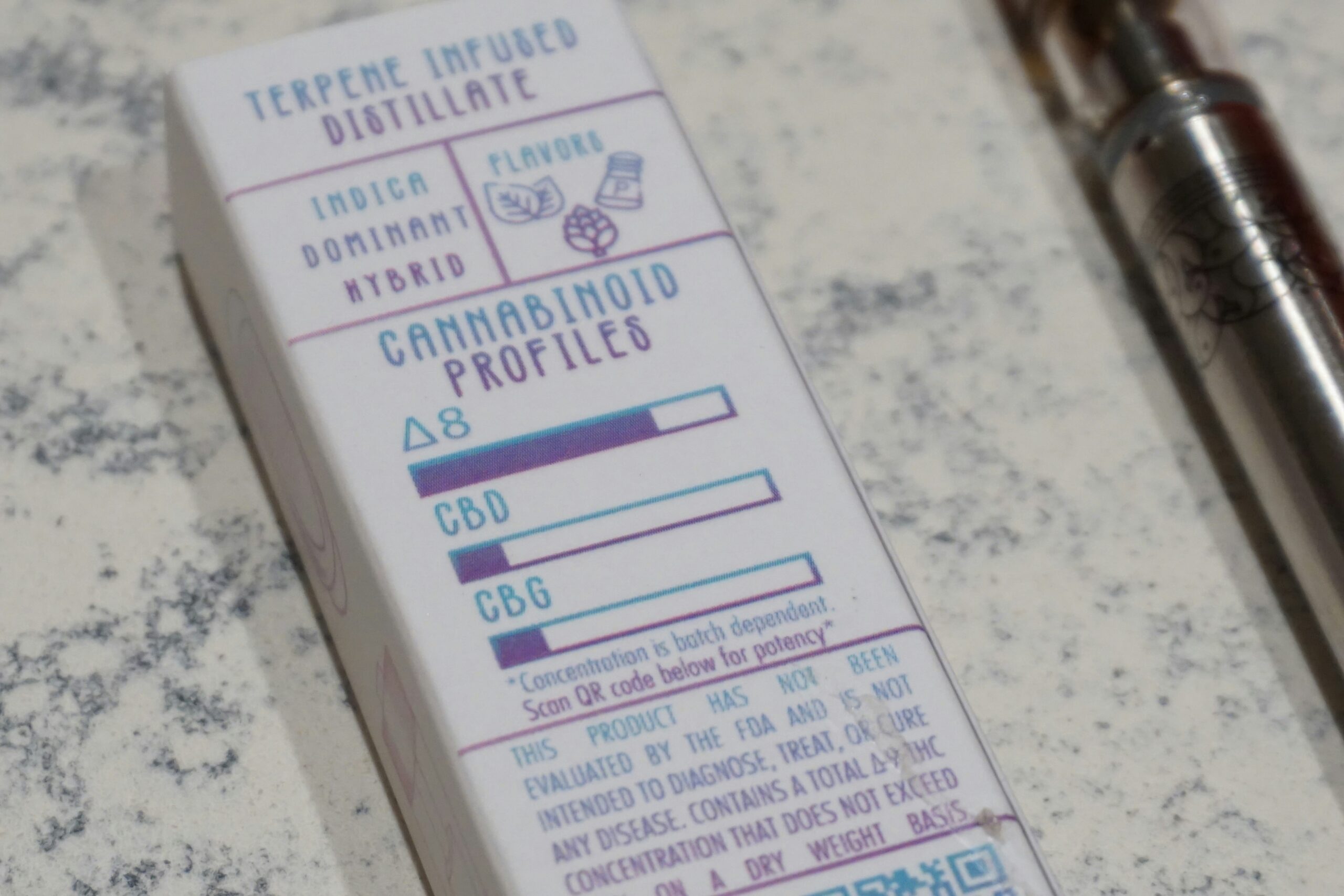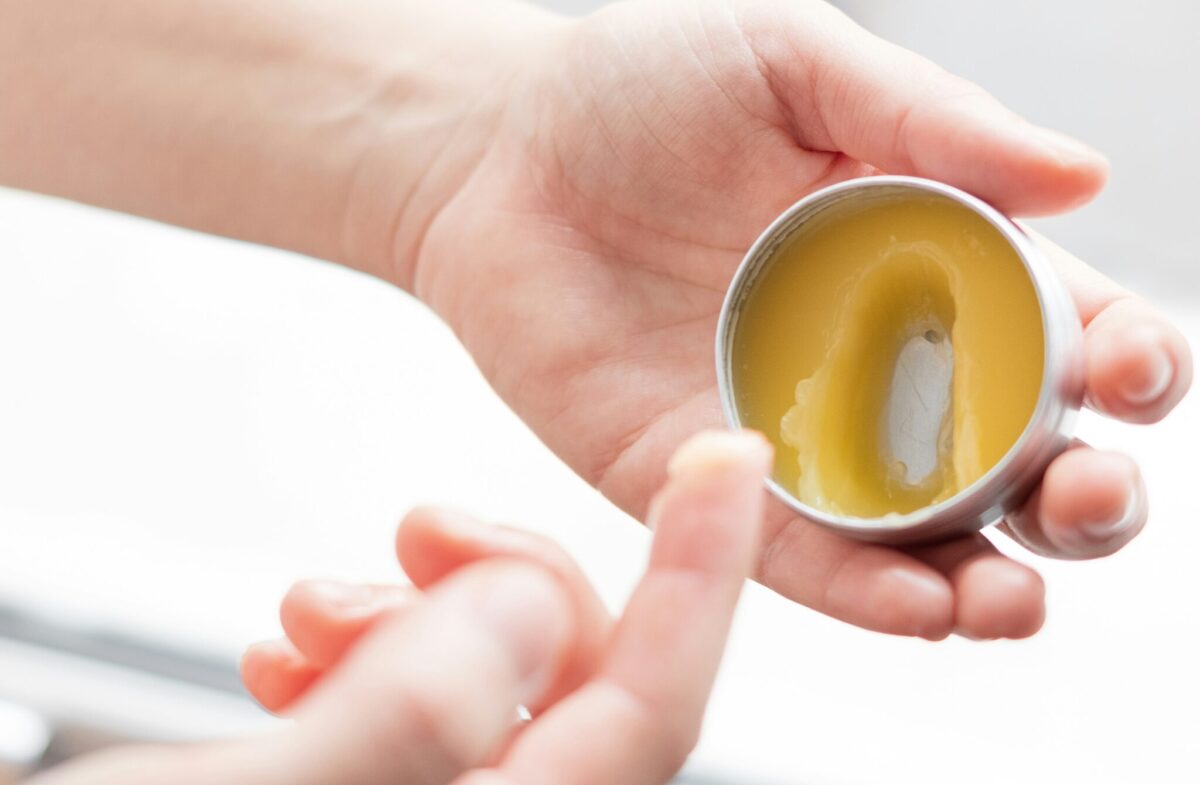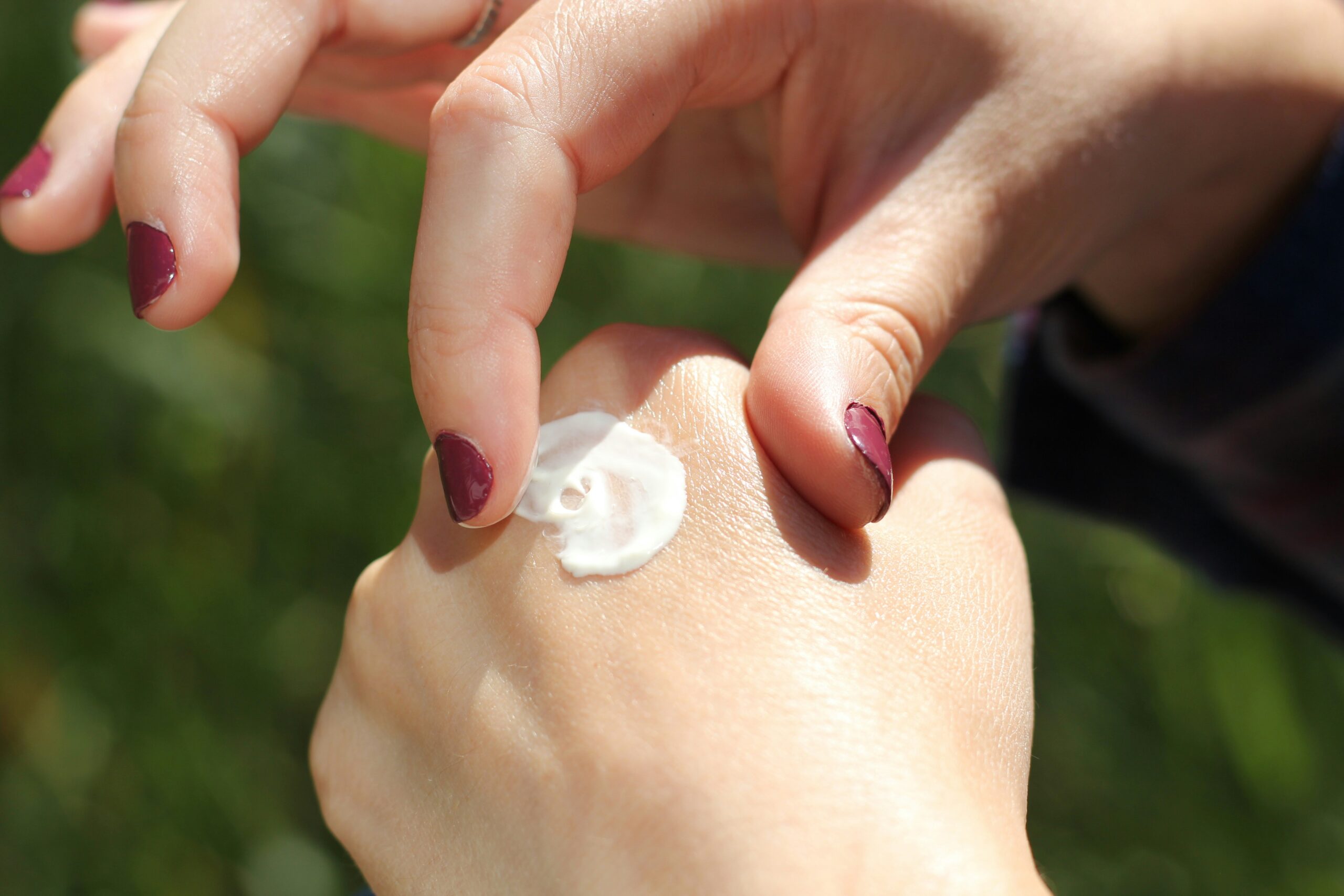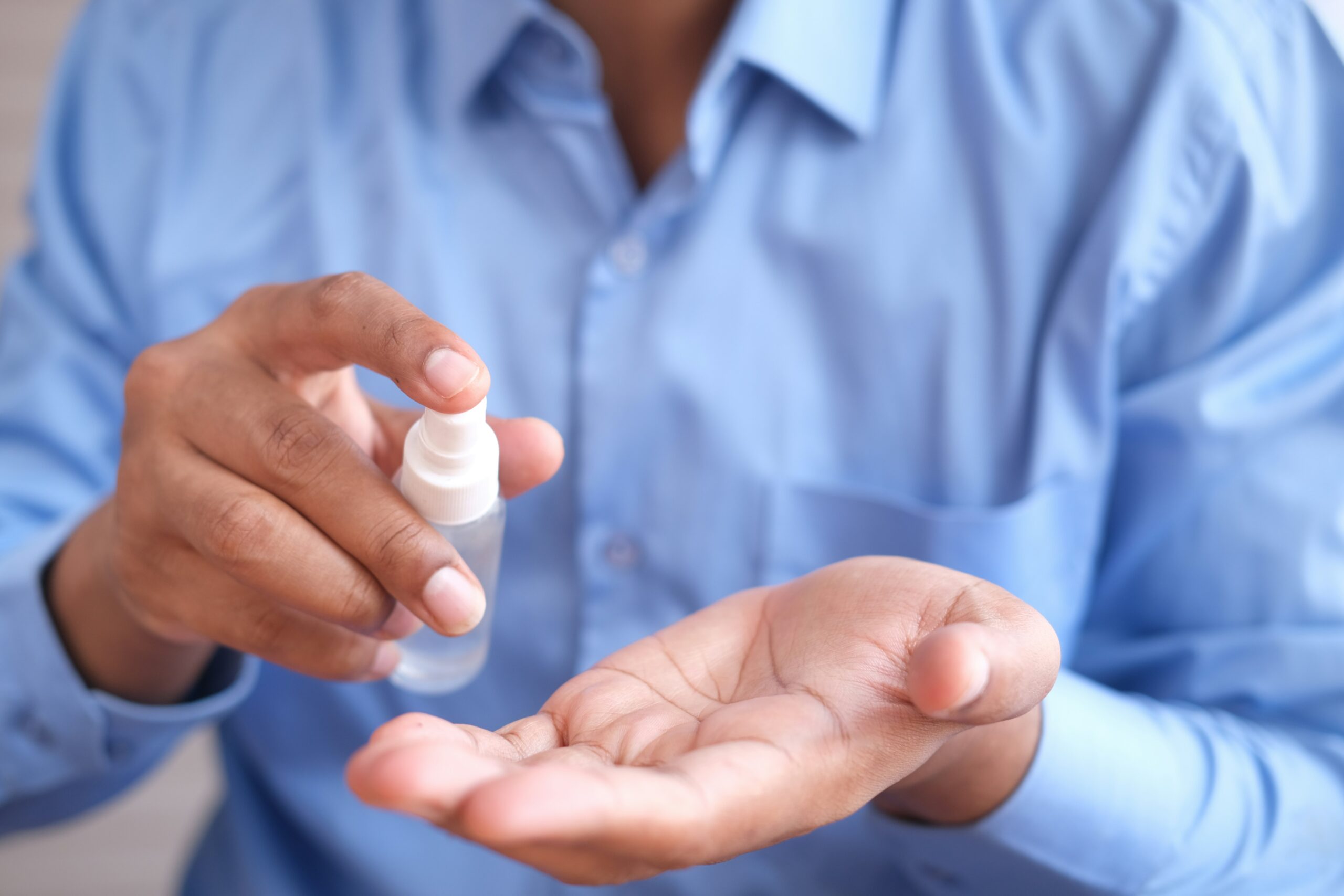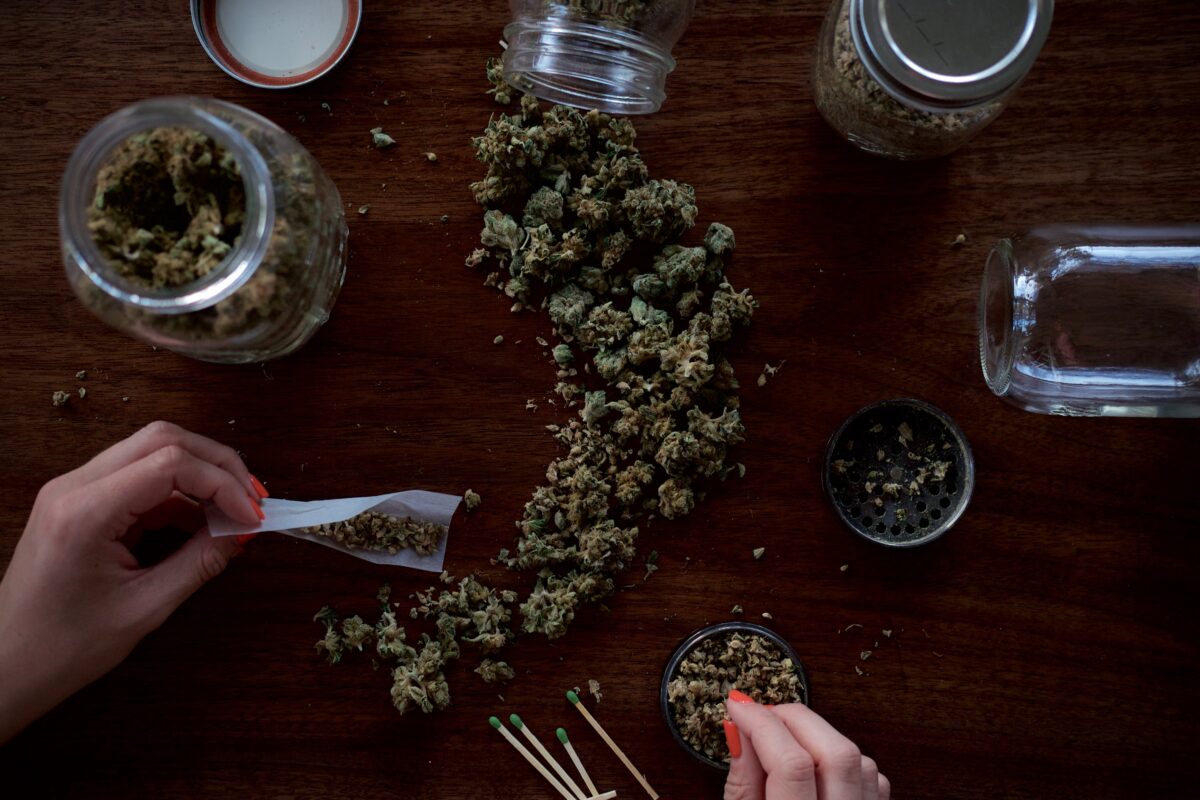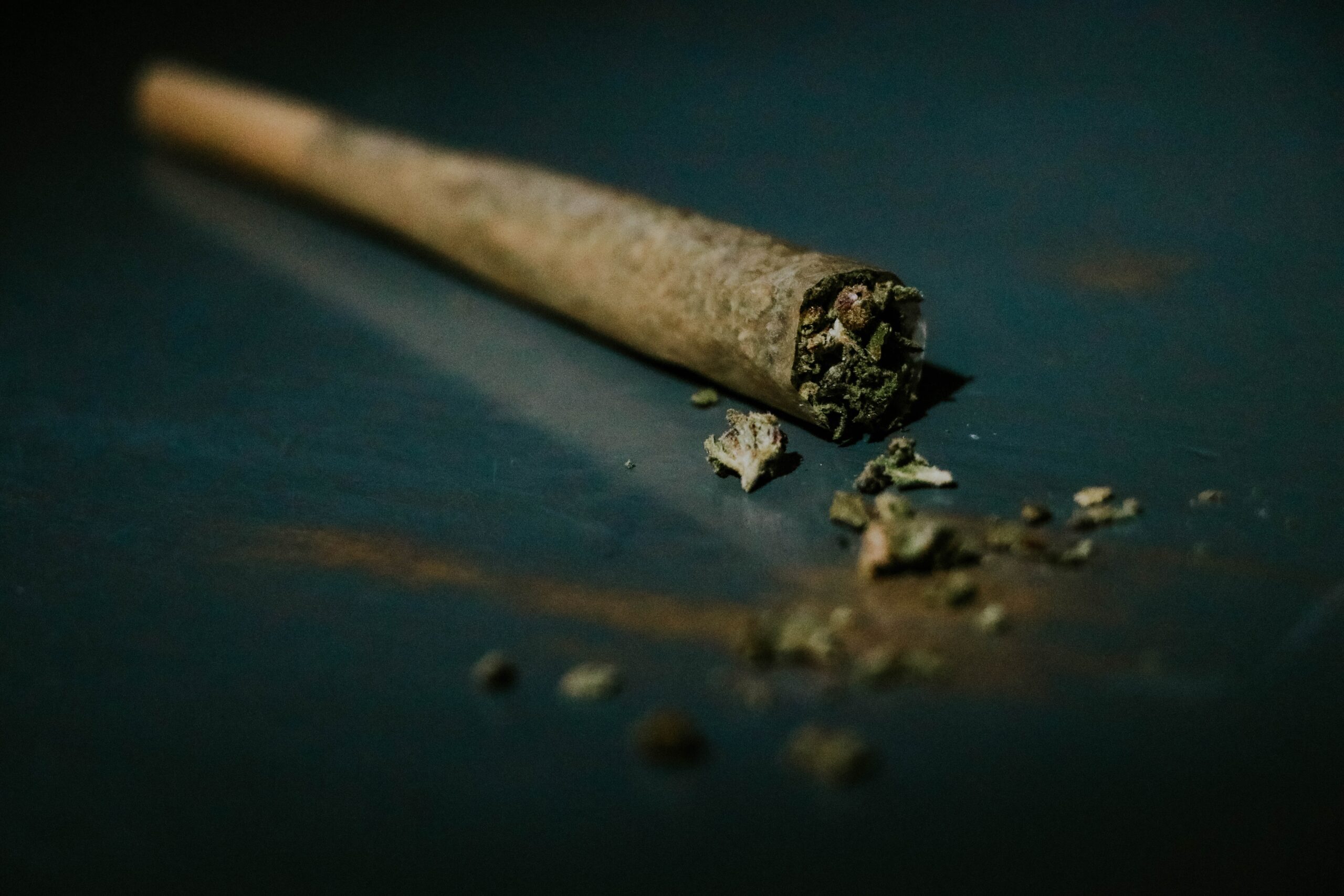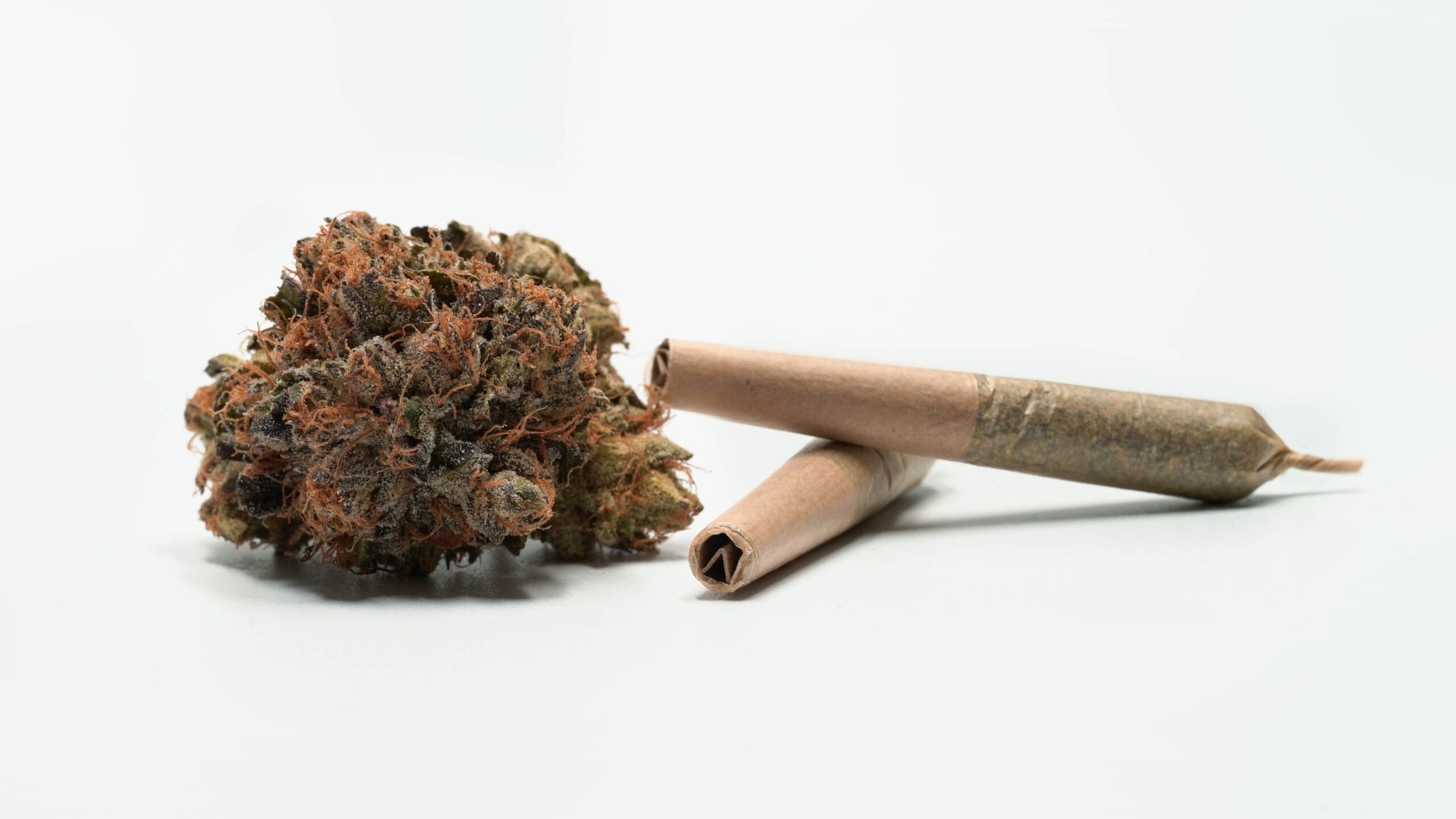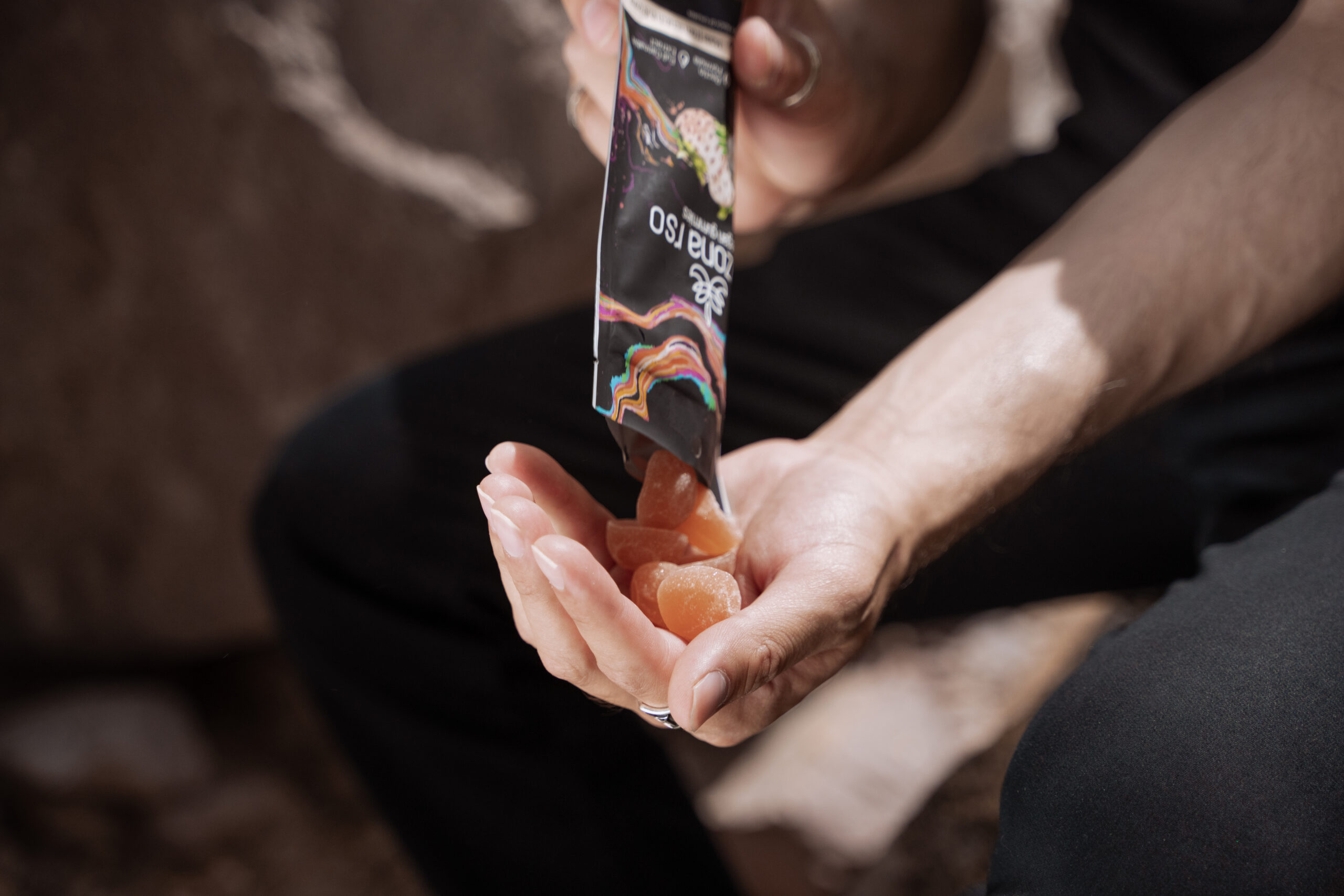How to Get The Most Out of Your High
When consuming cannabis, it can be easy to fall into the thought process of, “What’s going to get me the highest, fastest?” While that might sound appealing, it’s often better to go with quality over quantity.
If you’re looking to elevate your experience, then there are a couple of easy things that you can do to get the most out of your high and improve your cannabis experience.
Choose the Right Strain
The first thing you’re going to want to do is make sure that you are choosing the right strain for you. Many seasoned cannabis users will already be familiar with this, but regardless of your experience level this is an incredibly important step.
The type of cannabis strain you choose has a significant impact on your high. There are three primary strain categories: Indica, Sativa, and Hybrid. Indica strains are often associated with relaxation and a “body high”. Sativas are more energizing, with more of a cerebral high. Hybrids, as the name suggests, have a mix of both effects, depending on the specific strain.
Beyond the basic strain types, terpenes, which are aromatic compounds found in cannabis, also play a crucial role in shaping your experience. For example, limonene has an uplifting effect, while myrcene promotes relaxation.
Understanding the terpene profile of your chosen strain can help you tailor your high to your desired experience.
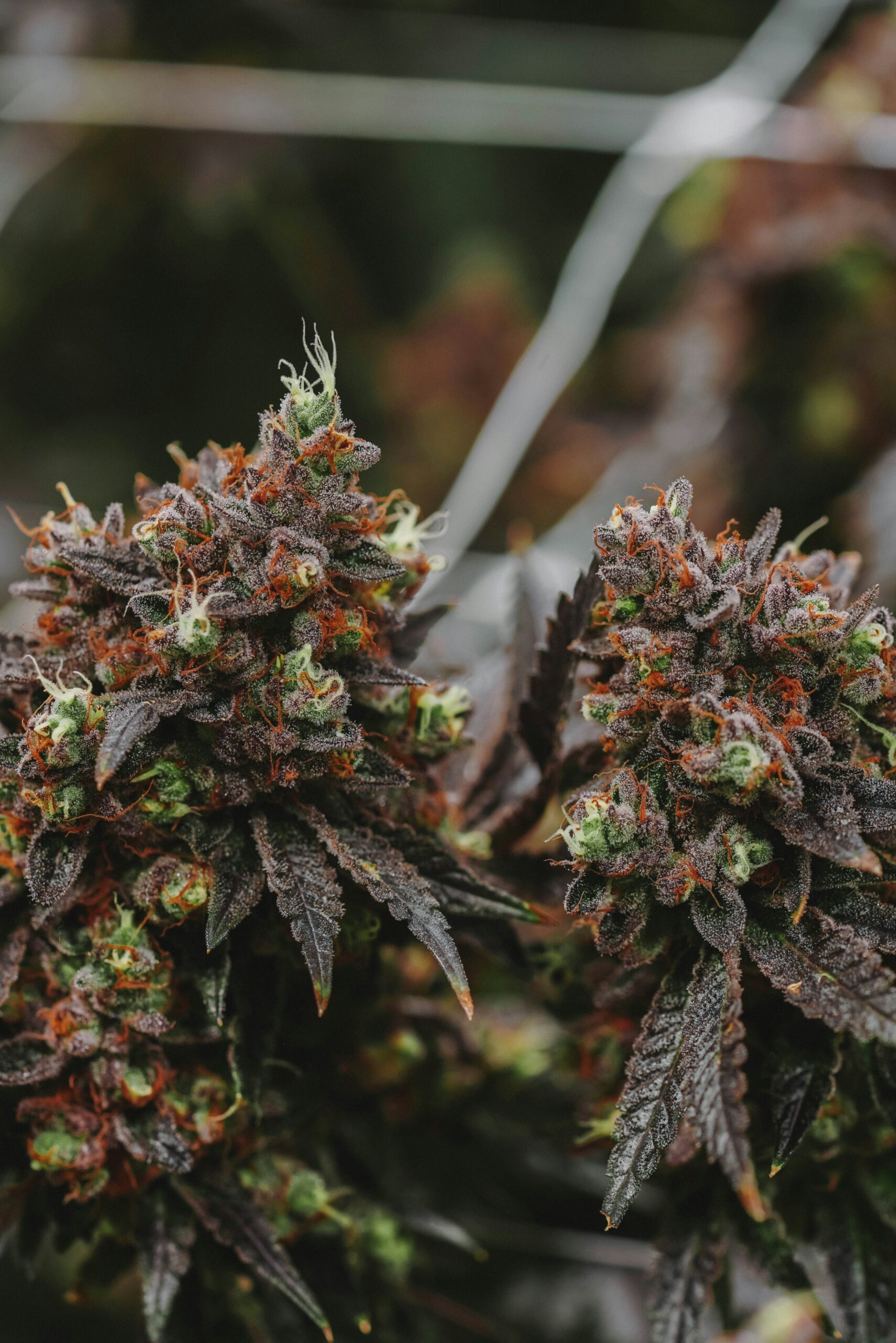
Mindful Consumption
If you’re new to cannabis or trying a new product, it’s wise to start with a small dose. This is particularly important with edibles, which can take longer to kick in and may have more intense effects than smoking or vaping.
In the cannabis space, it’s very common to hear the phrase “start low and go slow”.
Additionally, the environment in which you consume cannabis can influence your experience. Try and choose a comfortable, safe space where you can fully relax.
Whether it’s your living room, a cozy outdoor spot, or a serene location in nature, make sure it’s a place where you feel at ease. The company you keep is also important—being around positive, like-minded people can enhance your high too.
Pair Cannabis with the Right Activities
Cannabis can often heighten your senses, making everyday activities feel more enjoyable. Pair your high with activities that engage your senses, such as listening to music, watching a movie, or enjoying art.
Music, in particular, can be incredibly immersive when you’re high—consider curating a playlist that matches the mood of your high.

Many users also find that cannabis enhances creativity. Writing, painting, playing music, or any other creative pursuit are great options and cannabis can help you tap into a deeper level of inspiration. Use your high as an opportunity to explore your artistic side without judgment or expectations.
Additionally, Cannabis and nature go hand in hand. Consider taking a walk or hike after consuming cannabis. The natural beauty around you will likely feel more vivid, and the fresh air can enhance your sense of well-being.
Stay Hydrated and Nourished
While you want to make sure that your mind is fed while consuming, you also want to make sure that you are taking care of your body. Make sure that you are staying hydrated throughout the duration of your high. Not only will it combat dry mouth but it will help you to feel better during the whole experience.
The “munchies” are a well-known side effect of cannabis, as many strains are considered appetite stimulants.
To make sure that you’re feeling your best when those cravings hit, prepare healthy, satisfying snacks ahead of time. Fresh fruits, nuts, or whole-grain snacks can satisfy your hunger without making you feel sluggish.
Reflect and Relax
Cannabis can enhance mindfulness, making it easier to focus on the present moment. After consuming cannabis, consider practicing meditation or deep breathing exercises. This can help you feel more grounded and deepen your sense of relaxation.
Keeping a journal of your cannabis experiences can help you understand what strains, doses, and activities work best for you. Reflecting on your high afterward can also be a valuable tool for personal growth, allowing you to identify what enhances your enjoyment and what might detract from it.

Be Ready for the Come-Down
As your high starts to fade, it’s important to transition gently back into your regular routine. Consider winding down with a soothing activity like taking a warm bath, reading a book, or listening to calming music. This can help you ease out of your high and prepares you for a restful sleep.
A good night’s sleep is the perfect way to conclude a cannabis session. If you’ve chosen a relaxing strain, it might help you fall asleep more easily. Ensure your sleeping environment is comfortable and conducive to rest, setting the stage for a peaceful night.
No matter why or how you’re setting off on this cannabis journey, enhancing your experience and getting the most out of it can be as simple as a couple of easy steps.
And don’t forget, cannabis is a personal journey and it’s important to experiment with different approaches to find what works best for you, and always prioritize your well-being.
Here at NatureMed we want to help you find what works best for you so if you’re looking to give any of these tips or tricks a try, then stop by and we’ll make sure you get what you need.
You can check out our online menu to see everything we have to offer and check our specials page to see all the ways you can save.

